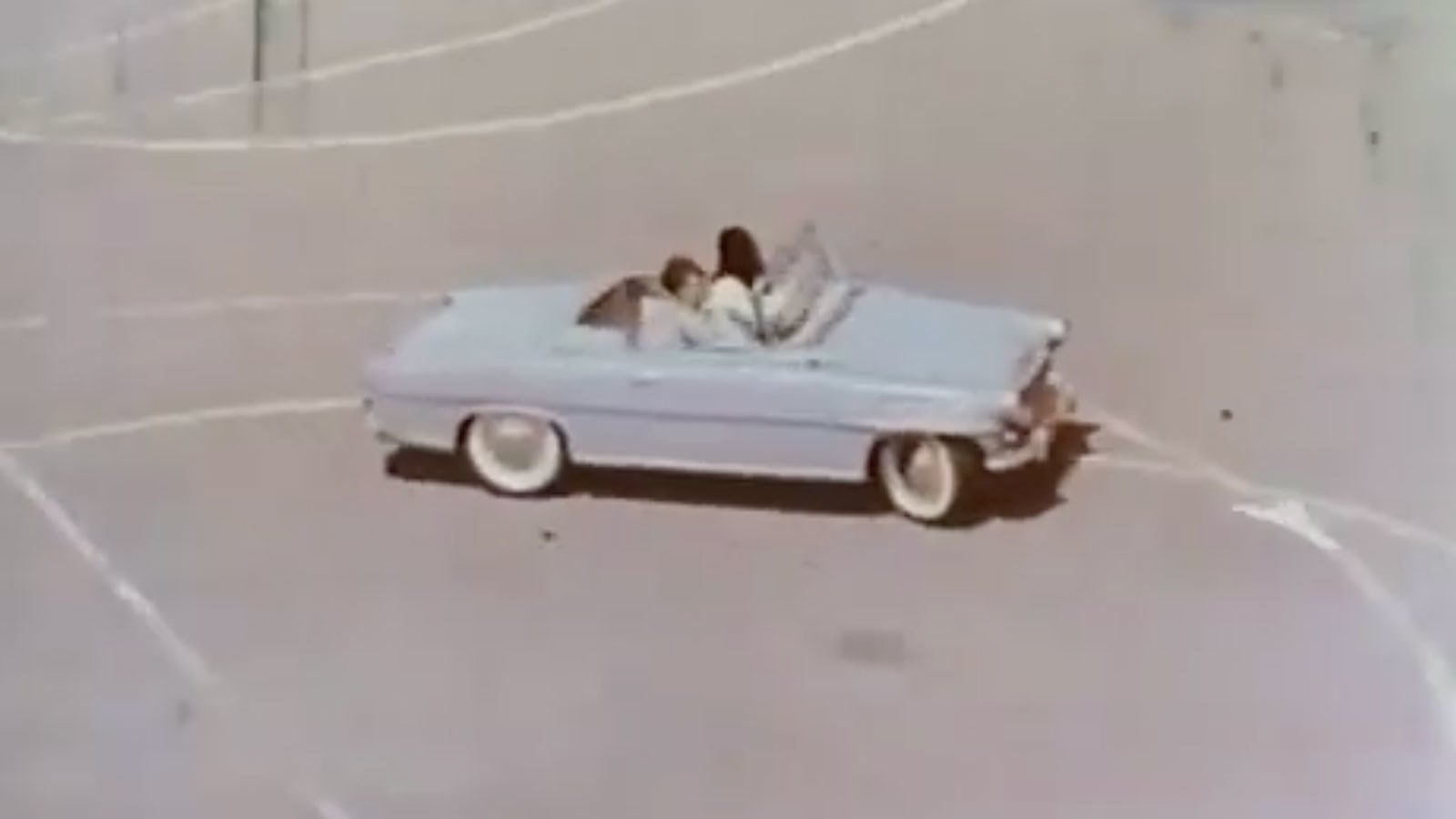Sekretiki No. 3. Popular Science for Dissidents
What is the hidden potential of a human body? Where 2’ should we seek the unknown capacities of our brain? How might the achievements of natural sciences prompt us to reconsider who we are and who we could be, both as individuals and a society? Driven by these questions, filmmaker Feliks Sobolev created popular science films that implied an ideological provocation of the Soviet system of declarative equality. The idea of a super-brain gave wide scope for journeys of self-exploration to those choosing “inner exile” as a dissident approach of noncollaboration with the state. It also inspired the social circles of “physicists and lyricists,” who were preoccupied with finding common ground between the humanities and technical advances.
Limited screenings of Sobolev’s film caused a commotion outside Moscow’s Rossiya cinema, with mounted police sent to deal with the crowd. Such enthusiasm for being an eyewitness to the incredible was in tune with the cinematic innovations of Sobolev and his colleagues at Kyivnaukfilm. Covering various spheres of contemporary science—from sociology to astrophysics, from biology to cybernetics—their films tested new ways of seeing and combined documentary footage, animation, hidden camera recordings, and macro close-ups of scientific experiments. Nevertheless, they provided enough space to nurture the idea of blindness, the invisible, the overlooked, and the hidden as significant components of visual culture.
